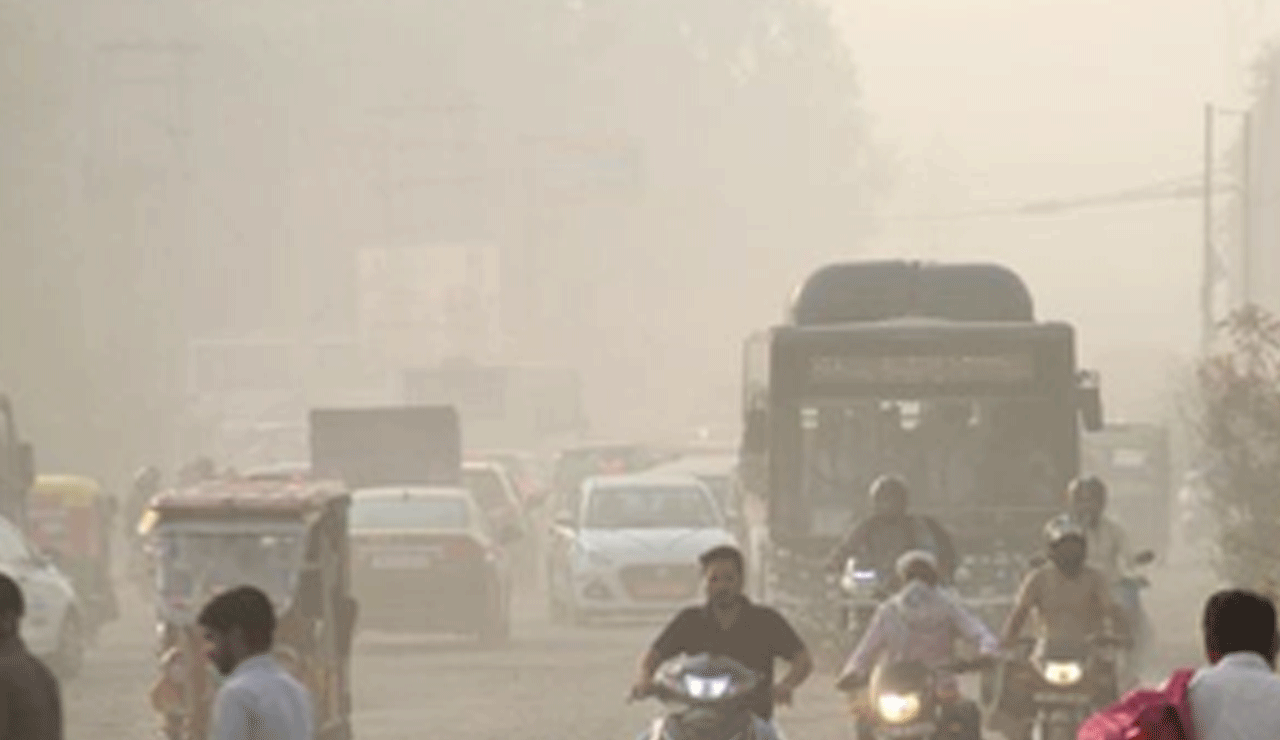Delhi’s New Anti-Pollution Measures: Will They Bring Lasting Change?
As winter nears, Delhi braces once again for its annual air pollution crisis. In a city where toxic smog and dangerously high AQI levels dominate headlines each year, the Delhi government has rolled out new anti-pollution measures. But are they enough to make a real difference — or just another seasonal response?

New Delhi: As winter nears, Delhi braces once again for its annual air pollution crisis. In a city where toxic smog and dangerously high AQI levels dominate headlines each year, the Delhi government has rolled out new anti-pollution measures. But are they enough to make a real difference — or just another seasonal response?
Table of Contents
Pollution in Delhi: A Yearly Emergency, Not a Year-Round Priority
Environmental experts have criticized Delhi’s reactive stance on pollution control. Despite repeated health advisories and hazardous air quality each year between October and January, long-term strategies remain missing. The Graded Response Action Plan (GRAP), implemented only during pollution spikes, has often been labeled as a “short-term fix” rather than a sustainable policy.
Vehicles Remain the Top Culprit
Despite introducing CNG-based public transport and enforcing BS6 emission norms, Delhi continues to struggle. The capital accounts for nearly 8% of India’s total vehicle population, resulting in extreme traffic congestion and elevated vehicular emissions. Experts argue that without reducing the number of vehicles, pollution levels will remain largely unaffected.
Also Read: Historic Move: Telangana Implements SC Categorization in Education and Jobs
New Rules for Incoming Vehicles
In a recent announcement, Chief Minister Rekha Gupta stated that all vehicles entering Delhi from other states must carry a valid Pollution Under Control (PUC) certificate. This move follows a CAG report that revealed serious gaps in enforcement and pollution monitoring systems in the city.
EV Infrastructure Expansion by 2026
To address the vehicular pollution crisis, the Delhi government has committed to installing 48,000 EV charging stations by 2026 — including 18,000 public and 30,000 semi-private stations. However, experts warn that electric vehicles are not a silver bullet, especially if powered by coal-based electricity.
Public Transport & Policy Coordination: The Missing Links
Urban planners believe that unless public transportation is strengthened, Delhi’s reliance on private vehicles will continue. Without clean, affordable transit alternatives, even a widespread EV push won’t ease traffic or pollution woes.
Monitoring Stations and E-Waste Park in the Pipeline
Delhi also plans to establish six new air quality monitoring stations and a dedicated eco-park for e-waste processing. These initiatives aim to tackle less visible yet significant pollution sources, like electronic waste.
Air Pollution is a Regional Problem
Experts have long emphasized that Delhi’s pollution isn’t confined to the city. Industrial emissions, stubble burning, and dust storms from neighboring states significantly impact air quality. To tackle this, policymakers are now considering an “air shed management model”, encouraging regional collaboration for pollution control.
Is Delhi Doing Enough?
Delhi’s latest anti-pollution measures indicate political will and intent. However, without multi-state cooperation, robust year-round policies, and a focus on public transport and clean energy, the capital risks repeating history. If not addressed holistically, Delhi’s toxic winter may return year after year, bringing the same dangerous air — and the same unanswered questions.
